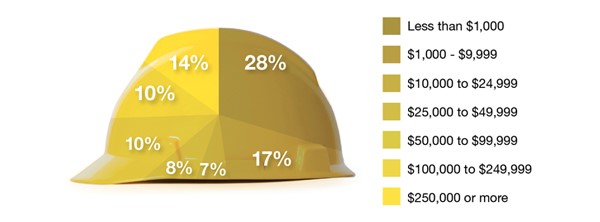Building Your Legacy
The desire to leave a legacy may be the height of altruism, for it is a gift to the future; you may never witness the benefits of it nor feel the appreciation of others.
Creating your legacy does not happen overnight, and it doesn’t come without a strategy and hard work.
Create Your Vision
You should have an end in mind before you begin. Start by reflecting on what you value and care most about. Consider your passions and the unique skills you have. Your career and hobbies are good places to start. Be sure to ask your friends and family to weigh in. They may offer insights you don’t see about yourself.
Determine Your Legacy
Think about the legacy you wish to leave and the impact you want to make. A legacy can come in many colors. It can be financial, institutional, instructional or wish fulfillment, or the passing on of values and life lessons.
Develop a Strategy
A legacy will not happen without a blueprint and the persistent pursuit of your objective. A strategy can help you organize your efforts and keep you on the path that leads to success.
Live Your Legacy
A legacy is not only what you leave behind, but the impact you make on others while alive. Be sure to live your values with your family, at work, and in your community. Nothing is more likely to survive you than your impact on the lives you touch today.
Contact CapSouth Wealth Management to dicuss your legacy. Visit our website at www.CapSouthWM.com or call 800.929.1001.
- Goodreads, 2016
The content is developed from sources believed to be providing accurate information. The information in this material is not intended as tax or legal advice. It may not be used for the purpose of avoiding any federal tax penalties. Please consult legal or tax professionals for specific information regarding your individual situation. This material was developed and produced by FMG Suite to provide information on a topic that may be of interest. FMG, LLC, is not affiliated with CapSouth Wealth Management. The opinions expressed and material provided are for general information and should not be considered a solicitation for the purchase or sale of any security. Copyright 2019 FMG Suite.
CapSouth Partners, Inc., dba CapSouth Wealth Management, is an independent Registered Investment Advisory firm. CapSouth does not offer tax, accounting or legal advice. Consult your tax or legal advisors for all issues that may have tax or legal consequences.







